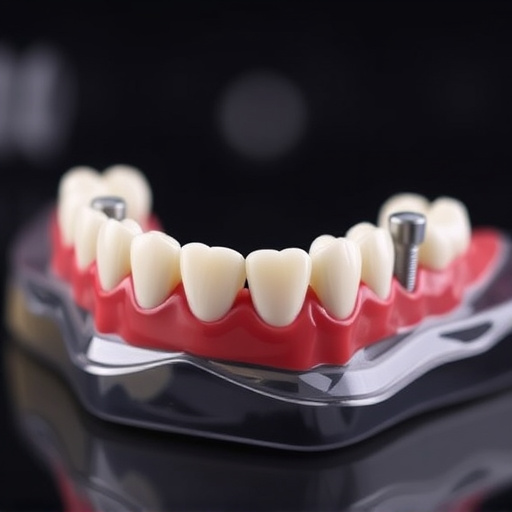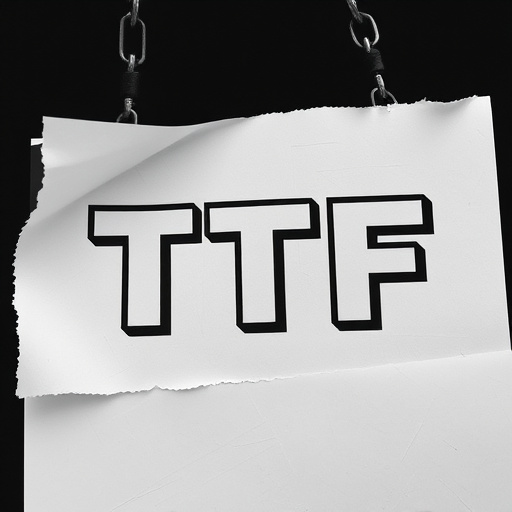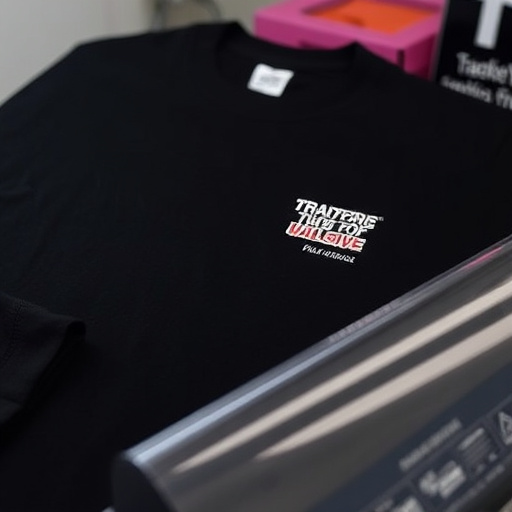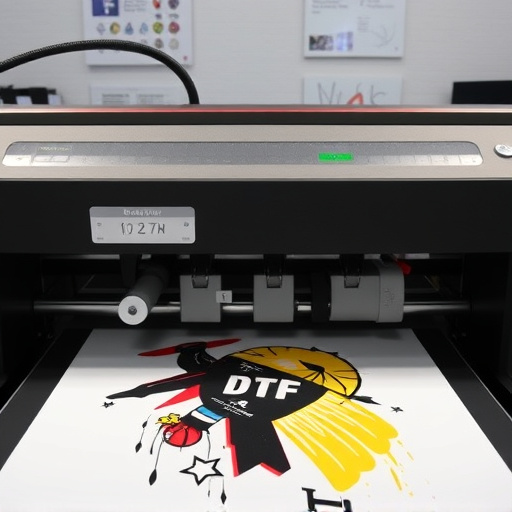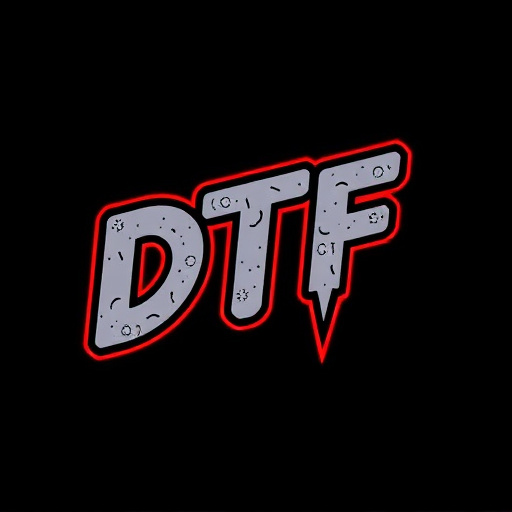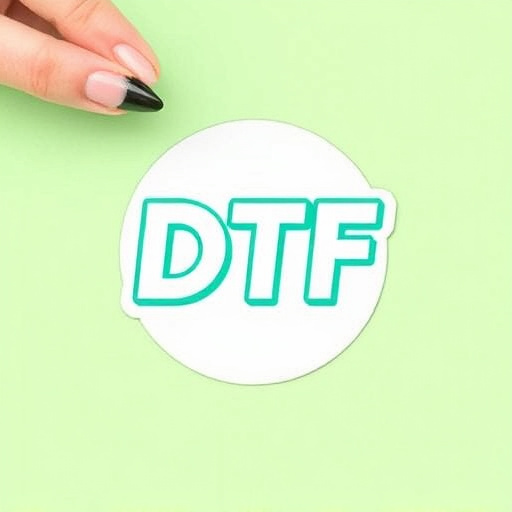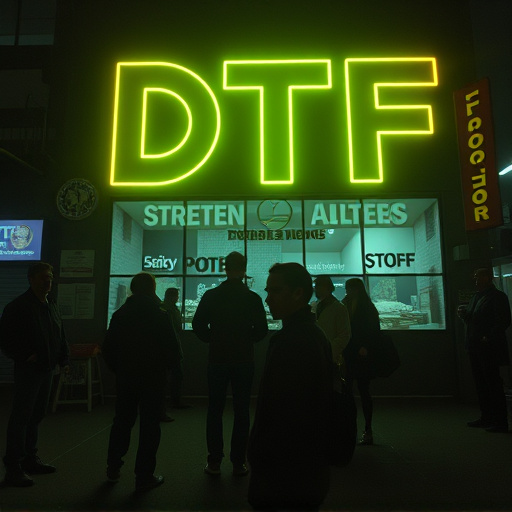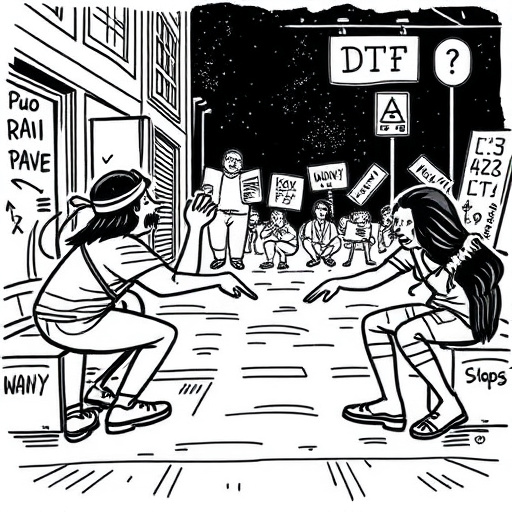DTF Fabric Printing is a modern, versatile print technology that eliminates the need for intermediate materials, allowing high-quality imaging on various fabrics with fast turnaround times and excellent durability. This method opens new avenues for custom apparel and promotional products, enhancing business capabilities in a competitive market. Adopting DTF printing offers significant advantages by streamlining workflows, boosting product quality, and producing intricate, vibrant designs on diverse fabrics precisely and quickly. To implement this technology effectively, businesses should evaluate current processes, invest in suitable equipment, and train staff.
DTF (Direct-to-Fabric) Fabric Printing is revolutionizing the print industry, offering businesses an efficient and versatile printing method. This cutting-edge technology allows for high-quality, full-color prints on various fabrics, from t-shirts to banners. In this article, we explore how DTF Fabric Printing enhances workflow, with benefits including faster production times, cost-effectiveness, and unmatched design flexibility. We’ll guide you through the implementation process, offering strategies for a seamless integration of this modern print technology into your business.
- Understanding DTF Fabric Printing: A Modern Revolution in Print Technology
- Benefits of Adopting DTF Fabric Printing for Print Businesses
- Implementing DTF Fabric Printing: Strategies for a Seamless Workflow Integration
Understanding DTF Fabric Printing: A Modern Revolution in Print Technology
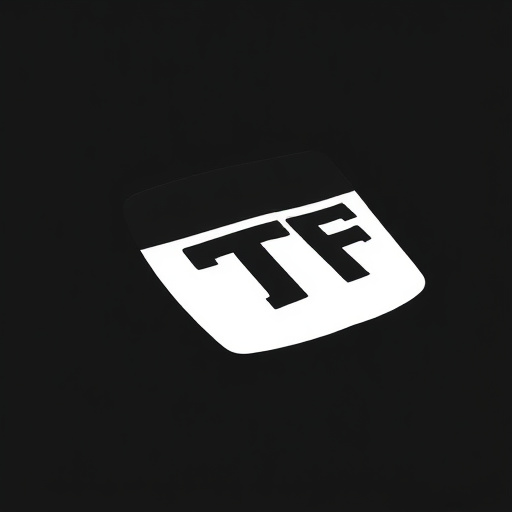
DTF Fabric Printing represents a modern revolution in print technology, offering print businesses an efficient and versatile solution for a wide array of applications. This innovative process allows for direct to fabric (DTF) printing, eliminating the need for intermediate materials like paper or films. By using advanced inkjet printers and specialized inks, DTF Fabric Printing enables high-quality, precise imaging on various fabrics, from t-shirts to hats and even home textiles.
The DTF printing process involves several steps: preparation of the fabric, printing with UV-curable inks, and curing the ink under UV light. This method not only ensures vibrant colors and intricate designs but also provides a fast turnaround time and excellent durability. Furthermore, DTF garment printing opens up new opportunities for custom apparel and promotional products, allowing businesses to cater to diverse customer demands and stay ahead in today’s competitive market. DTf logo transfers, for instance, can be swiftly created and applied to various garments, making the process both cost-effective and efficient.
Benefits of Adopting DTF Fabric Printing for Print Businesses
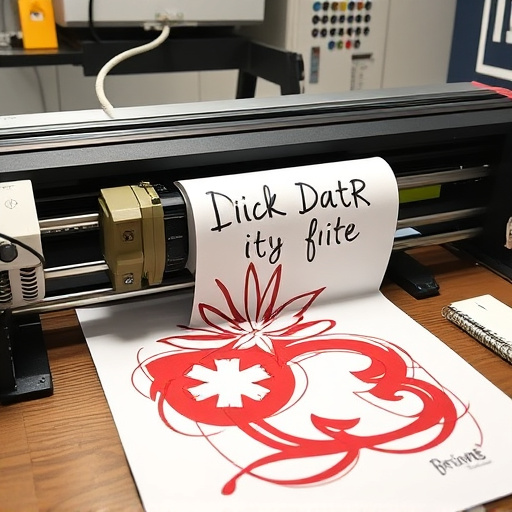
Adopting DTF Fabric Printing offers print businesses a multitude of benefits that streamline their workflow and elevate product quality. This innovative technique allows for the creation of intricate, vibrant designs on a variety of fabrics with remarkable precision and speed. By employing DTF (Direct-to-Fabric) printing, businesses can achieve seamless integration between design and material, resulting in high-quality custom dtf transfers that meet diverse customer demands.
Unlike traditional printing methods, DTF Fabric Printing is versatile, accommodating various fabric types and sizes. This flexibility enables print businesses to cater to a broader range of clients, from small-scale entrepreneurs seeking unique apparel to large-scale events organizers requiring customized merchandise. Moreover, the ability to produce detailed, full-color prints with sharp resolutions ensures that every custom dtf transfer stands out for its exceptional quality, enhancing the overall brand experience for customers.
Implementing DTF Fabric Printing: Strategies for a Seamless Workflow Integration
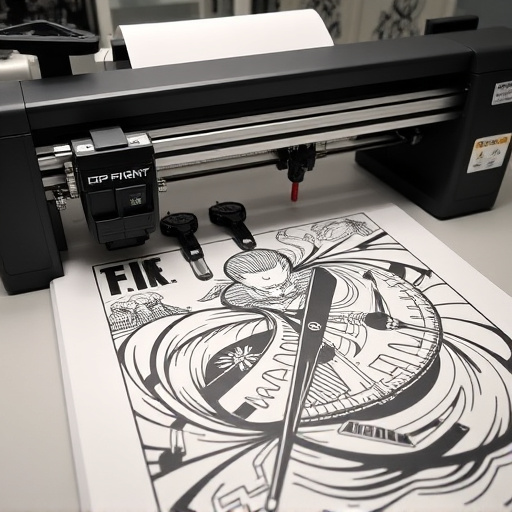
Implementing DTF Fabric Printing is a strategic move for print businesses seeking to streamline their workflow and elevate their capabilities. This innovative technique involves transferring durable prints directly onto various fabric surfaces, offering a versatile and efficient solution. To ensure a seamless integration, businesses should start by evaluating their current production processes and identifying areas where DTF can enhance speed and quality.
Investing in the right equipment, such as UV dtf transfers, is paramount. These advanced systems enable precise and long-lasting design transfers, ensuring that intricate patterns and vibrant colors are accurately replicated on fabrics like t-shirts, towels, or even home decor items. By training staff to operate and maintain this technology effectively, businesses can create a structured workflow, minimizing downtime and maximizing productivity.
DTF fabric printing represents a significant advancement in print technology, offering print businesses streamlined workflows and enhanced capabilities. By adopting this modern method, companies can expect improved efficiency, cost-effectiveness, and exceptional print quality on various fabric substrates. With the right strategies for implementation, DTF fabric printing becomes a game-changer, enabling businesses to deliver bespoke, high-impact solutions that cater to diverse market demands.



